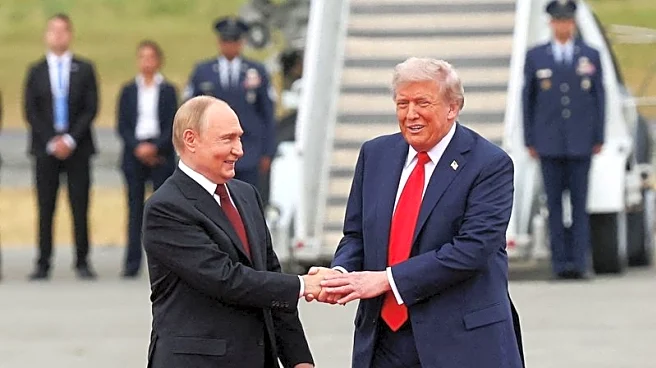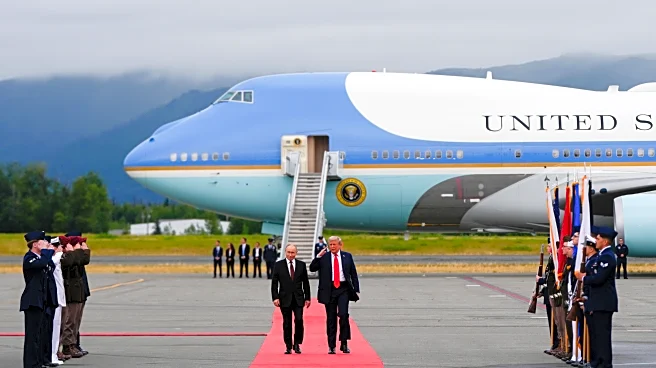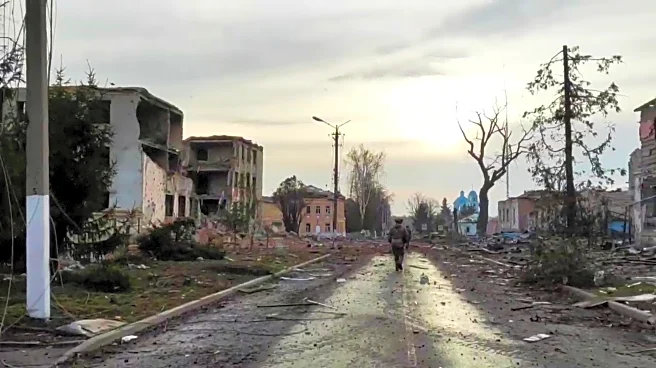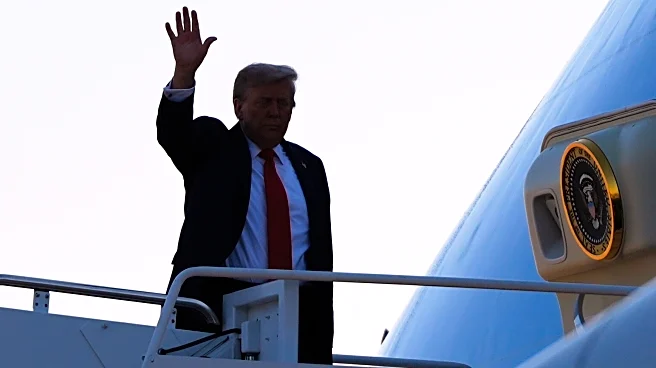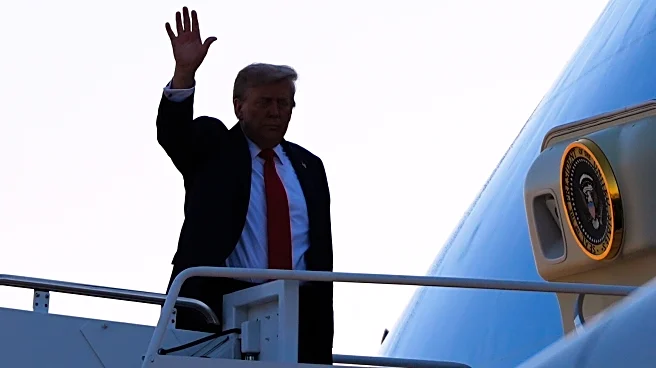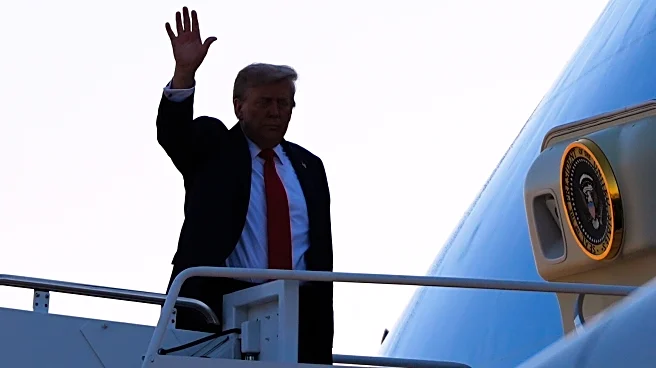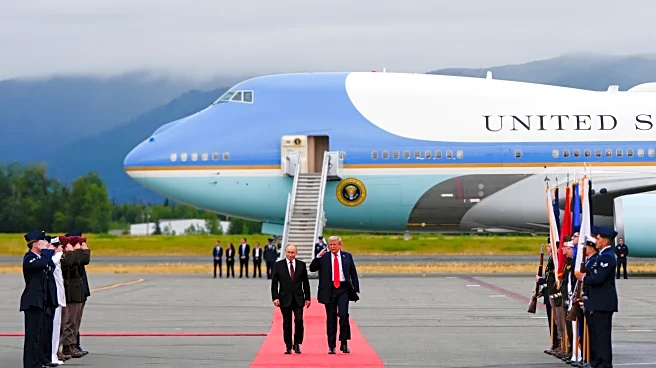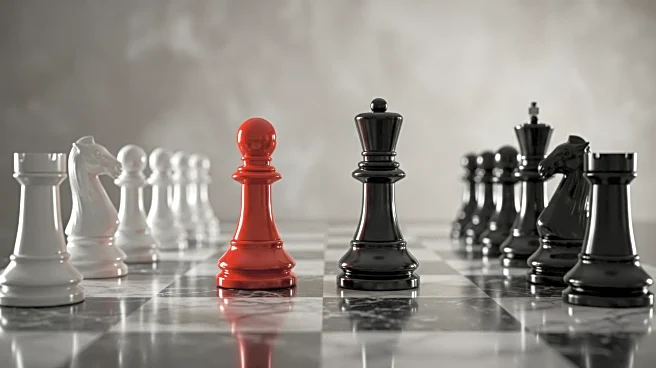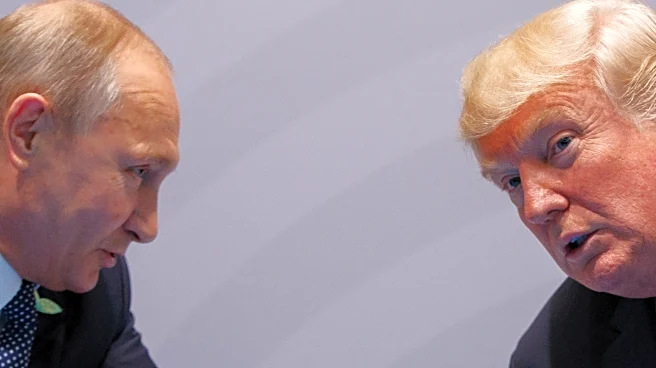Russia's illegal seizure of the Crimean Peninsula from Ukraine in March 2014 was quick and bloodless, and it sent Moscow's relations with the West into a downward spiral unseen since the Cold War.
It also paved the way for Russia’s full-scale invasion of Ukraine in 2022, during which Moscow illegally annexed more land from its neighbor.
A look at the diamond-shaped peninsula in the Black Sea, coveted by both Russia and Ukraine for its naval bases and beaches:
In 2013-14, a massive popular uprising gripped
Ukraine for weeks, eventually forcing pro-Moscow President Victor Yanukovych from office. Amid the turmoil, Russian President Vladimir Putin pounced, sending armed troops without insignia to overrun Crimea.
Putin later called a referendum in Crimea to join Russia that Ukraine and the West dismissed as illegal.
Russia’s relations with the West plummeted to new lows. The United States, the European Union and other countries imposed sanctions on Moscow and its officials.
Moscow’s illegal annexation of Crimea on March 18, 2014, was recognized only by countries such as North Korea and Sudan. In Russia, it touched off a wave of patriotism, and “Krym nash!” — “Crimea is ours!” — became a rallying cry.
The move sent Putin’s popularity soaring. His approval rating, which had declined to 65% in January 2014, shot to 86% in June, according to the Levada Center, an independent Russian pollster.
Putin has called the peninsula “a sacred place” and has prosecuted those who publicly argue it is part of Ukraine — particularly the Crimean Tatars, who strongly opposed the annexation.
After the annexation, fighting broke out in eastern Ukraine between pro-Kremlin militias and Kyiv’s forces. Moscow threw its weight behind the insurgents, even though it denied supporting them with troops and weapons. There was abundant evidence to the contrary, including a Dutch court’s finding that a Russia-supplied air defense system shot down a Malaysia Airlines passenger jet over eastern Ukraine in July 2014, killing all 298 people aboard.
Russian hard-liners later criticized Putin for failing to capture all of Ukraine that year, arguing it was easily possible at a time when the government in Kyiv was in disarray and its military in shambles.
The fighting in eastern Ukraine continued, on and off, until February 2022, when Putin launched a full-scale invasion of Ukraine.
Crimea’s unique location makes it a strategically important asset, and Russia has spent centuries fighting for it.
The peninsula was home to Turkic-speaking Tatars when the Russian empire first annexed it in the 18th century. It briefly regained independence two centuries later before being swallowed by the Soviet Union.
Soviet leader Nikita Khrushchev transferred Crimea from Russia to Ukraine in 1954, when both were part of the USSR, to commemorate the 300th anniversary of the unification of Moscow and Kyiv. In 1991, when the Soviet Union collapsed, the peninsula became part of newly independent Ukraine.
Russia kept a foot in the door, however: Its Black Sea Fleet had a base in the city of Sevastopol, and Crimea — as part of Ukraine — continued to host it.
By the time Russia annexed it in 2014, it had been within Ukraine for 60 years and was part of the country’s identity.
Ukrainian President Volodymyr Zelenskyy has vowed to retake it and said Russia “won’t be able to steal” the peninsula.
For either side, possession of Crimea is key to control over activities in the Black Sea — a critical corridor for the world’s grain, among other goods.
Ahead of its full-scale invasion, Moscow deployed troops and weapons to Crimea, allowing Russian forces to quickly seize large parts of southern Ukraine early in the war.
A top Russian military official later said that securing a land corridor from Russia to Crimea by holding the occupied parts of Ukraine’s Donetsk, Luhansk, Zaporizhzhia and Kherson regions was among the key goals of what the Kremlin called its “special military operation” in Ukraine.
Before the invasion, Zelenskyy focused on diplomatic efforts to get Crimea back, but after Russian troops poured across the border, Kyiv began publicly contemplating retaking the peninsula by force.
The peninsula soon became a battleground, with Ukraine launching drone attacks and bombing it to try to dislodge Moscow’s hold on the territory.
The attacks targeted the Russian Black Sea Fleet there, as well as ammunition depots, air fields and Putin’s prized asset — the Kerch Bridge linking Crimea to Russia, which was struck in October 2022, in July 2023 and in June 2025.
Putin listed Ukraine’s recognition of Crimea as part of Russia among Moscow’s demands for peace in 2024. Those also include Ukraine ceding the four regions illegally annexed by Russia in 2022, dropping its bid to join NATO, keeping the country’s nonnuclear status, restricting its military force and protecting the interests of the Russian-speaking population.
Kyiv has rejected ceding any territory.
Russia currently holds roughly 20% of Ukrainian land, including Crimea, so any deal that freezes the lines more or less where they are would benefit Moscow.
